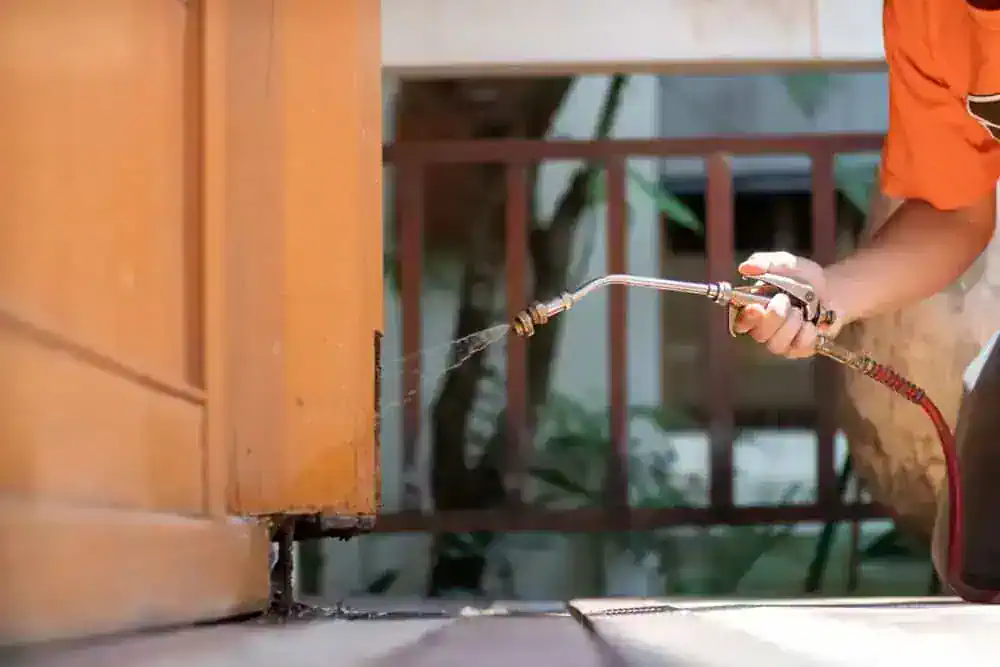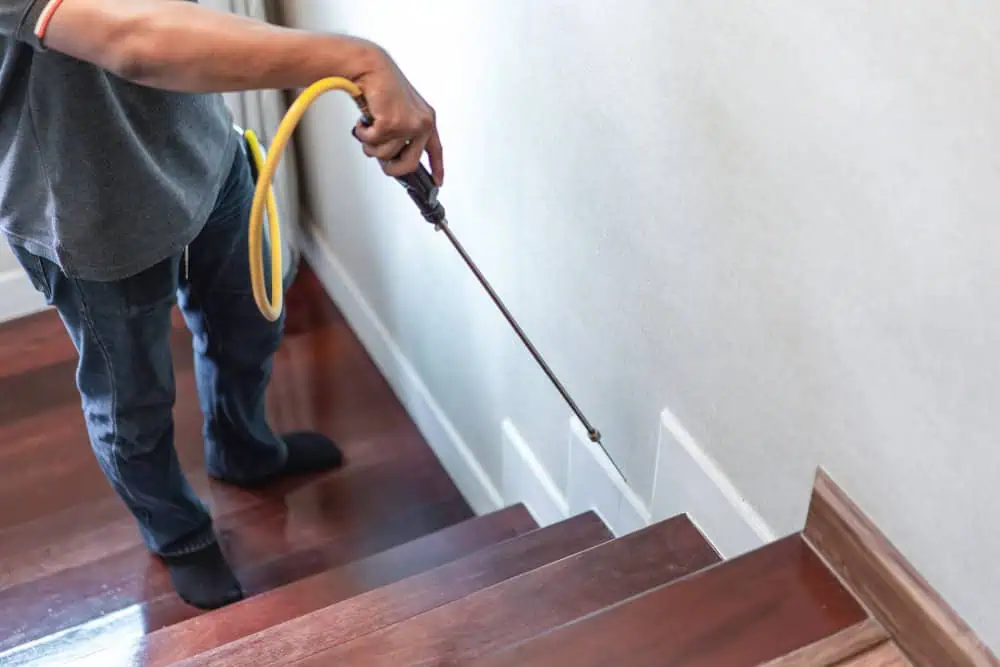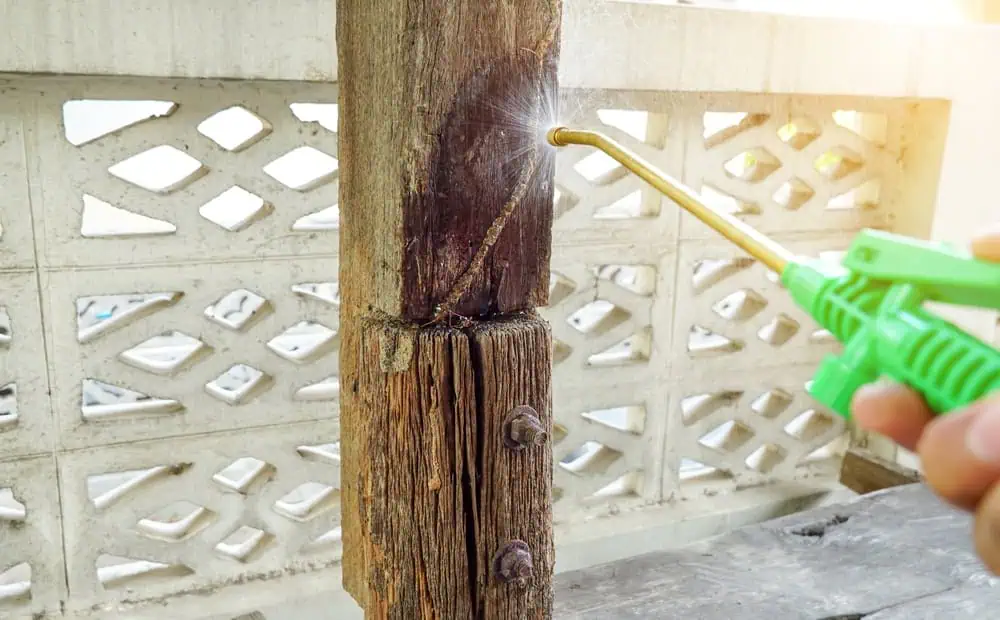Complete colony elimination and entry point sealing that actually works the first time.

Hear from Our Customers

You wake up to clean counters. No more ant trails across your kitchen floor or crawling over your food.
The constant worry about what guests might see disappears. Your home feels like yours again, not shared with unwanted visitors.
Most importantly, you stop wasting weekends on sprays and baits that only work temporarily. When we eliminate an ant colony, we target the source – not just the ants you can see. That means real results that last months, not days.
We’ve been solving ant problems throughout Elm and surrounding New Jersey communities for years. We understand how carpenter ants exploit the humidity here and where they typically establish colonies in local homes.
Our technicians are licensed, insured, and trained specifically on the ant species common to our area. We’ve seen every type of infestation – from seasonal sugar ant invasions to serious carpenter ant damage.
You get straightforward pricing, honest assessments, and treatments that work because we focus on one thing: getting rid of your pest problem for good.

First, we identify the ant species because different ants require different approaches. Carpenter ants need colony elimination, while sugar ants respond better to barrier treatments.
Next, we locate entry points and trailing patterns. Most homeowners only see the ants in their kitchen, but we track them back to where they’re actually getting inside.
Then we apply targeted treatments that eliminate the entire colony, not just the workers you see. We also seal the entry points they’ve been using.
Finally, we explain what attracted them in the first place and how to prevent future invasions. You’ll know exactly what to watch for and when to call us back if needed.

Ready to get started?
Every ant control service includes species identification, because treating carpenter ants like sugar ants wastes your time and money. We determine exactly what you’re dealing with before we start.
You get entry point sealing as part of the service. Most companies just spray and leave, but we close off the routes ants use to get inside your home.
We also provide prevention education specific to your situation. Whether it’s moisture control for carpenter ants or food storage tips for sugar ants, you’ll know how to make your home less attractive to future invasions.
All treatments come with our service warranty. If ants return within the coverage period, we come back at no additional charge.
